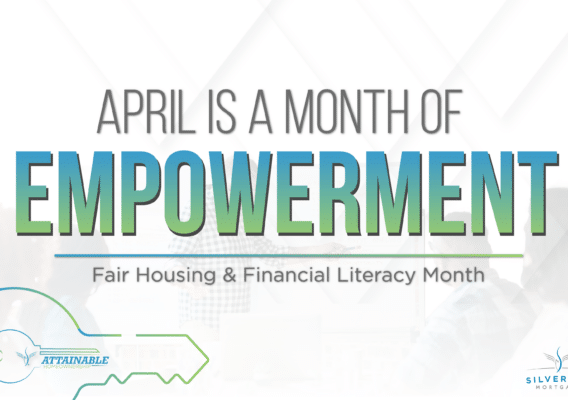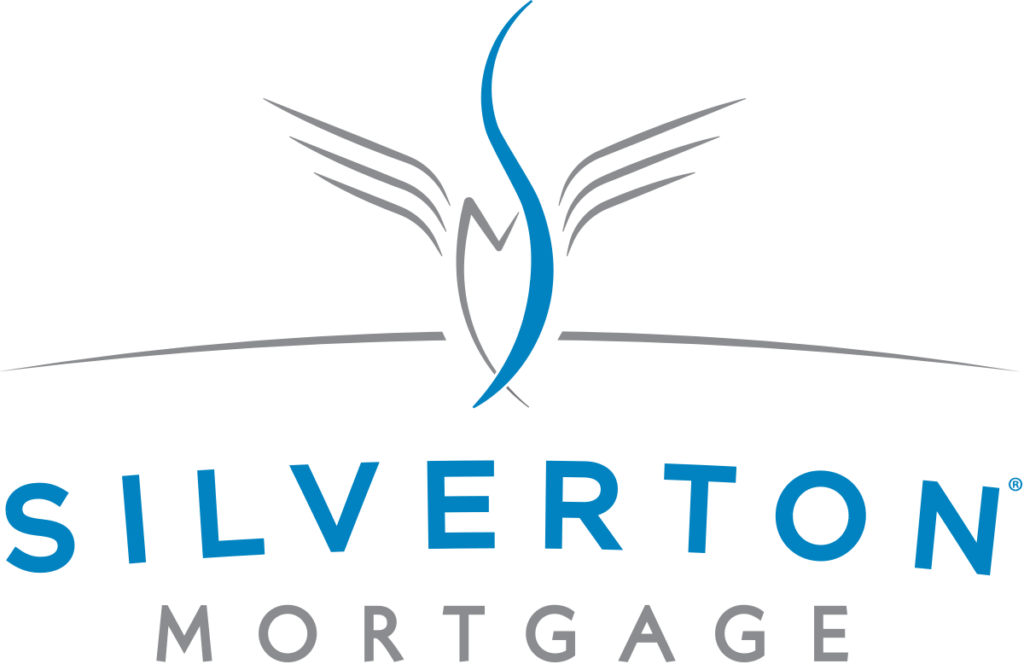Requiring 20% of the loan amount is a thing of the past.
Plenty of people in the United States dream of becoming homeowners but feel as if they’re not ready because they don’t have enough saved for a down payment. In fact, a 2018 report revealed that 61.7 percent of millennials believed they couldn’t peruse homeownership because they couldn’t afford a down payment. The good news is that there are numerous loan programs and down payment assistance options designed especially for those who need a little extra help with financing.
These programs can be accessed through several avenues including your local or state housing authority, a nonprofit organization, or through a direct lender. Each one provides a set amount to those who qualify that can help with a down payment or closing costs. The two main avenues that provide this assistance are grants and loans. Both are useful, yet the terms can be vastly different. While a grant usually doesn’t have to be repaid, a loan will have terms that allow you to repay a portion, or all, of the loan in installments throughout the life of your mortgage loan. Both are useful in helping cover the costs involved with buying a home.
Programs that help with down payment assistance can be a huge help for aspiring homeowners, but keep in mind that not everyone qualifies. Factors such as income, credit score, profession, and even the location you’re looking to buy in can determine your eligibility. The first step is to see what you may qualify for. This can be done by talking with a local real estate agent who is familiar with what programs are available in your area, contacting your local housing authority, or contacting a lender about what applicable products they offer.
Other factors to consider when exploring lower down payment options is whether you’re a first-time or repeat homebuyer, the need to complete a homebuyer education class, and whether or not there are guidelines for the type of home you can buy. How long you intend to stay in the home can also be a qualifier. Requirements differ depending on the program so due diligence through research and speaking with a qualified professional goes a long way in finding the perfect program for you and your family.
Here’s a breakdown of just a few program types for you to consider:
FHA
With an FHA loan, low-to-moderate income borrowers with a credit score on the lower end can finance up to 96.5% of the value of a home. This means that you’d only have to make a down payment of 3.5%. Insured by the Federal Housing Administration and issued by an FHA-approved lender, such as Silverton Mortgage, this program has helped many people become homeowners throughout the years.
Conventional
This loan is not insured or guaranteed by the government but requires as little as 3% down. A higher credit score of 620 or more is required. While monthly mortgage insurance payments are required, it can be canceled once your loan-to-value ratio reaches 80%. This is the most popular loan option for most borrowers without a large down payment.
VA
VA loans are designed specifically to help servicemembers, veterans, and eligible spouses become homeowners. What makes this loan different from many others is its competitive interest rates without requiring a down payment along with no required mortgage insurance. VA loans are provided by private lenders with the Department of Veterans Affairs guaranteeing a portion of the loan. This makes it possible for the lender to provide more favorable terms. Silverton Mortgage is proud to support our veterans by offering VA loans to those who qualify.
USDA
USDA loans offer a zero-down-payment mortgage option for those who are looking to live in approved rural areas of the country. If you’re unable to get approved for a conventional loan due to income or credit and would rather tree lines over skylines, this may be the perfect avenue to homeownership. If your credit score is 650 or higher, the process is very streamlined. However, if that is not the case, you’ll need to undergo stricter underwriting standards.
HomeReady®
This program, backed by Fannie Mae, helps low to moderate-income borrowers buy or refinance. With reduced payments and lower credit score requirements, the most notable feature of this loan is that borrowers may be able to cancel their mortgage insurance once their home reaches 20% equity. This means lower monthly payments later.
While there seem to be endless options when seeking a lower down payment, the most important takeaway is that needing a 20% down payment is one of many myths that have scared people from pursuing their dream of homeownership. When exploring which option is right for you, speaking with a qualified loan originator is a step in the right direction. They can help you understand the requirements for each loan or grant type and how you can best prepare to take advantage of them.
You Might Also Like

Navigating the Mortgage Maze: The Mortgage Process Simplified

April: The Month of Empowerment

